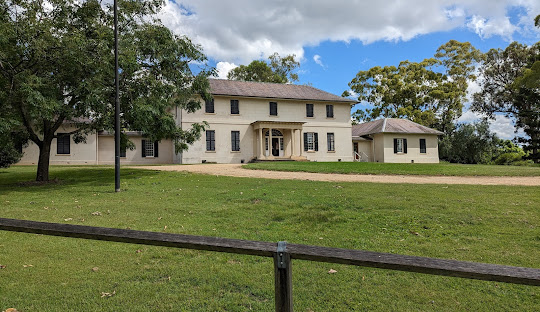
Parramatta Experiences Hot Summers and Mild Winters with Distinct Seasonal Rainfall Patterns
Posted by Parramatta Pressure Cleaning on
Parramatta is characterized by a humid subtropical climate (Köppen Cfa), marked by warm to hot summers and mild, somewhat short winters. Summer temperatures are notably variable, frequently climbing above 35°C (95°F) on about 13 days each summer season. Hot northwesterly winds from inland deserts can push temperatures beyond 40°C (104°F) from November to February, with extreme heatwaves occasionally driving temperatures as high as 47.0°C (116.6°F) — a record set on 4 January 2020.
Due to its inland position and the urban heat island effect, Parramatta tends to be significantly warmer than Sydney’s central business district during summer. On some occasions, it can be 5 to 10°C (9 to 18°F) hotter, especially when coastal sea breezes fail to penetrate inland. For example, on 28 November 2009, while Sydney CBD recorded a relatively mild 29.3°C (84.7°F), Parramatta soared to 39.0°C (102.2°F). The surrounding Blue Mountains contribute to trapping hot air, often making Parramatta and western Sydney one of the hottest regions globally during summer heatwaves.
Rainfall in Parramatta is moderately distributed but tends to be higher during the first quarter of the year. This is due to the subtropical high-pressure system’s positioning south of the area, allowing moist easterly winds from the Tasman Sea to bring increased precipitation. The latter half of the year, particularly late winter and spring, is generally drier because the subtropical high shifts north, allowing dry westerlies from Australia’s interior to dominate. Parramatta’s location on the leeward side of the Great Dividing Range also shelters it from westerly cold fronts, resulting in more sunny days and lower rainfall during winter.
Thunderstorms are common from early spring through early autumn, with occasional severe storms. Snowfall is an extremely rare event in Parramatta, with only two recorded incidents in 1836 and 1896. The suburb enjoys approximately 106.6 clear days annually.
Humidity levels fluctuate with wind direction and season. Summers can range from comfortably dry to moderately humid, while late summer and autumn tend to experience higher humidity compared to the drier late winter and early spring months.
Overall, Parramatta’s climate blends the warmth and heat typical of inland Australia with moderate rainfall and generally sunny conditions, contributing to its distinctive weather patterns throughout the year.